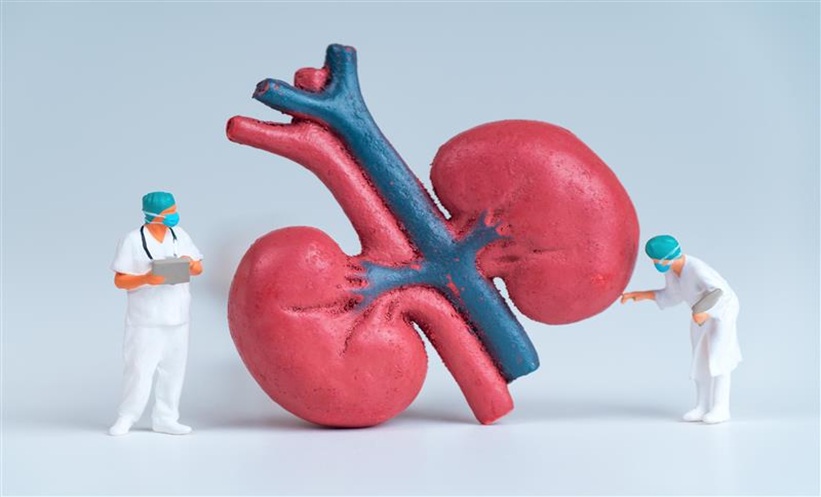VIRTUAL tissue technology has discovered two types of cysts in polycystic kidney disease, providing researchers with the potential to develop a new drug target for therapy.
A research team used the open-source software program CompuCell3D to develop a virtual nephron whose cell activity was triggered by mutations in the PKD1 and PKD2 genes; these genes are implicated in polycystic kidney disease. After conducting computer model simulations, the team found that two different changes in the kidney cells could cause two types of cyst to form.
The simulations revealed that one type of cyst resulted from reduced cell adhesion, which appeared in a mushroom-shape, with a stalk and a cap making up the bulk of the cyst. The second type of cyst was shown to form after a loss of contact inhibition in cells, seen as plaques along the walls of the nephron, which then buckled to form ‘disorganised’ cysts.
“This is the first study to show the actual cell behaviours caused by mutations in genes causally linked to polycystic kidney disease, an important new step in the path towards treatment,” explained a member of the research team, Prof Robert Bacallao, Department of Medicine, Indiana University, Bloomington, Indiana, United States. The growth predictions seen in the virtual cysts were confirmed by experiments using real human cells cultivated from polycystic kidneys. “The computer predictions were absolutely correct,” Dr Bacallao commented.
The study also claimed to be the first to confirm the existence of two types of cysts in polycystic kidney disease. “Now that we know that we are looking at two different types of cyst that develop in two different ways, we will refine the computer modelling to identify the specific molecular signals leading to each type of cyst,” explained another of the researchers, Prof James A. Glazier, Director of Biocomplexity Institute, Indiana University, Bloomington, Indiana, United States. “Identifying this mode of action is a key step toward finding a drug treatment to delay or prevent cyst development,” he said.
(Image: freeimages.com)






